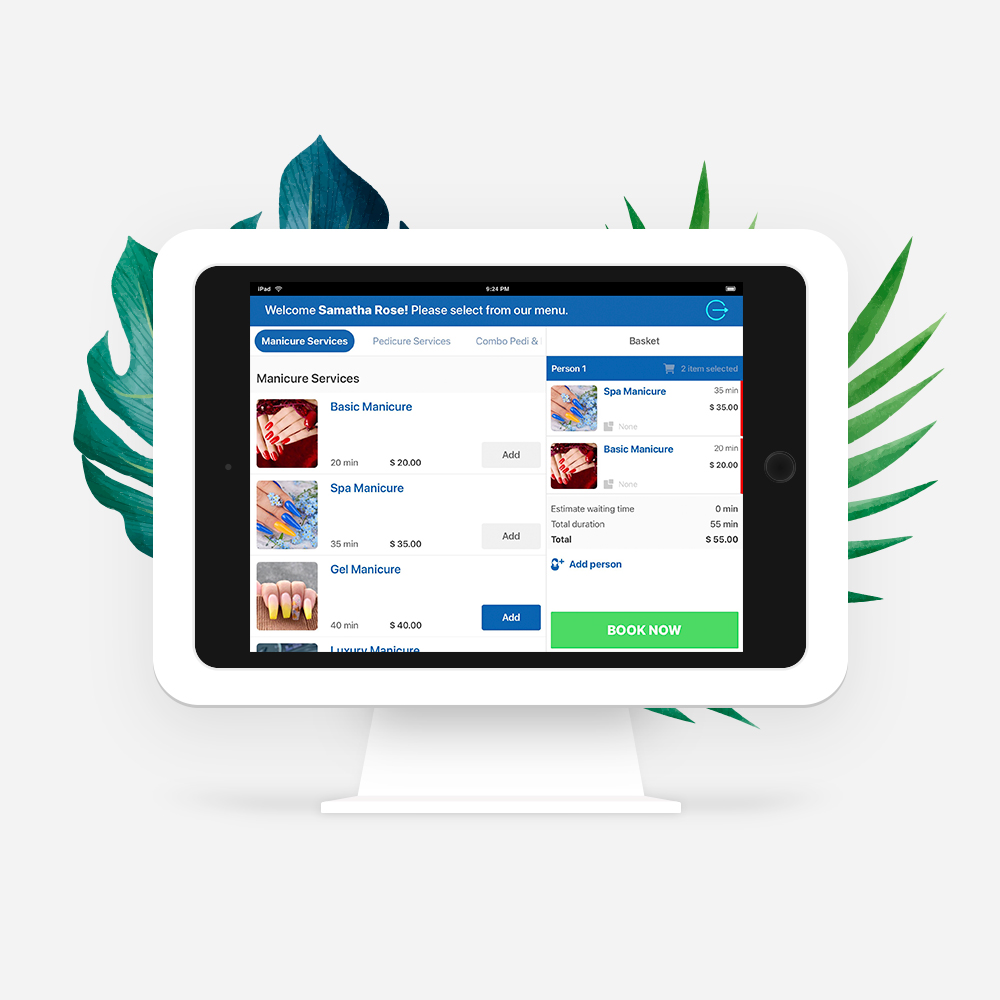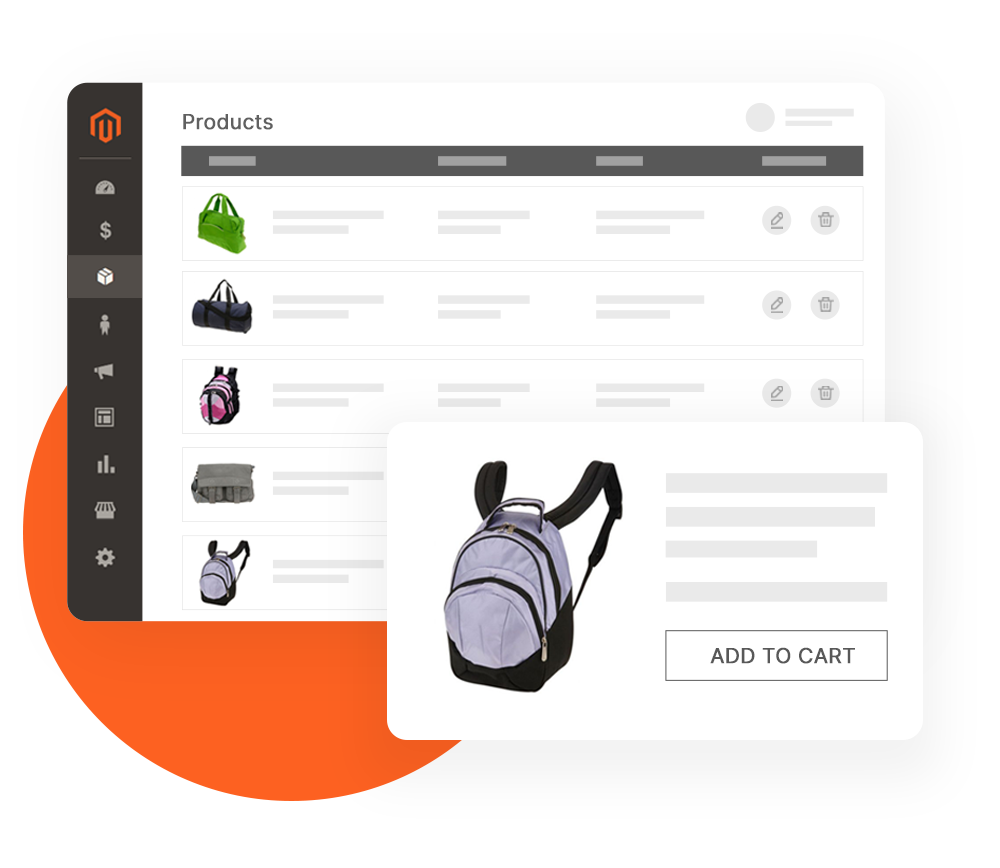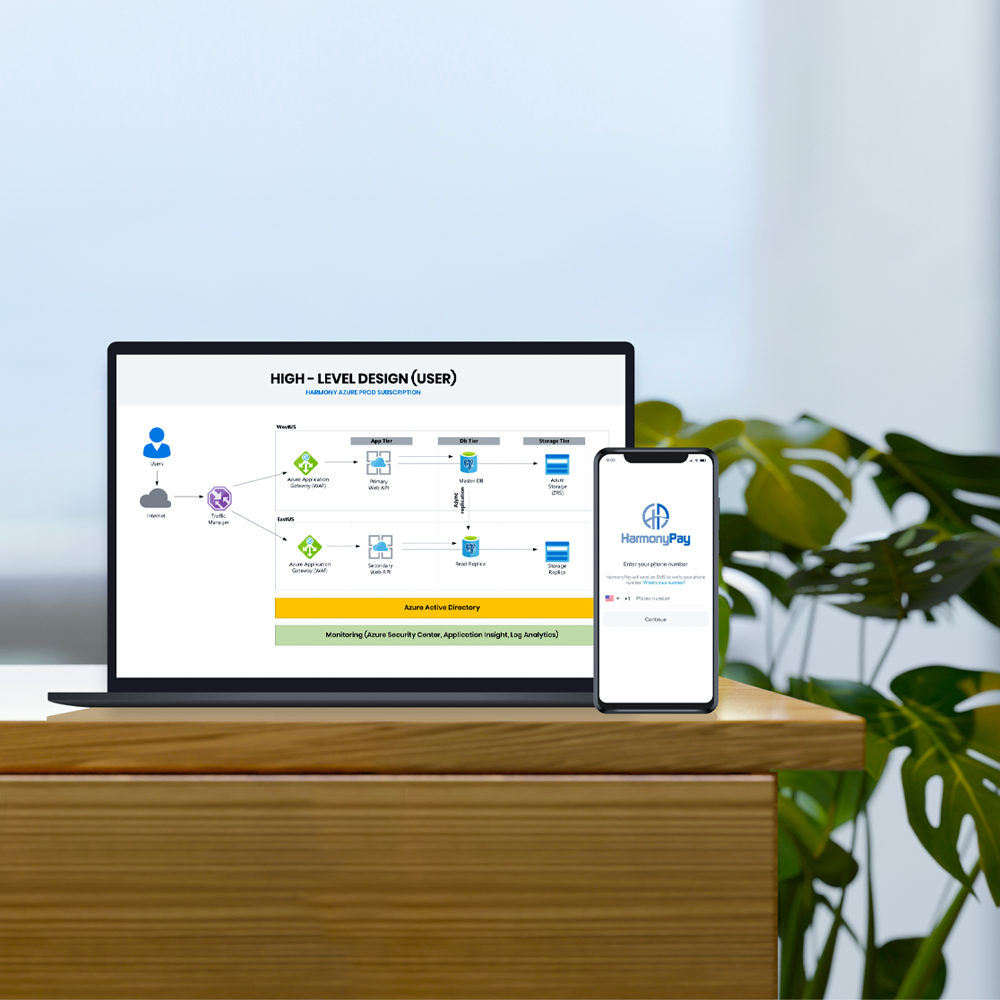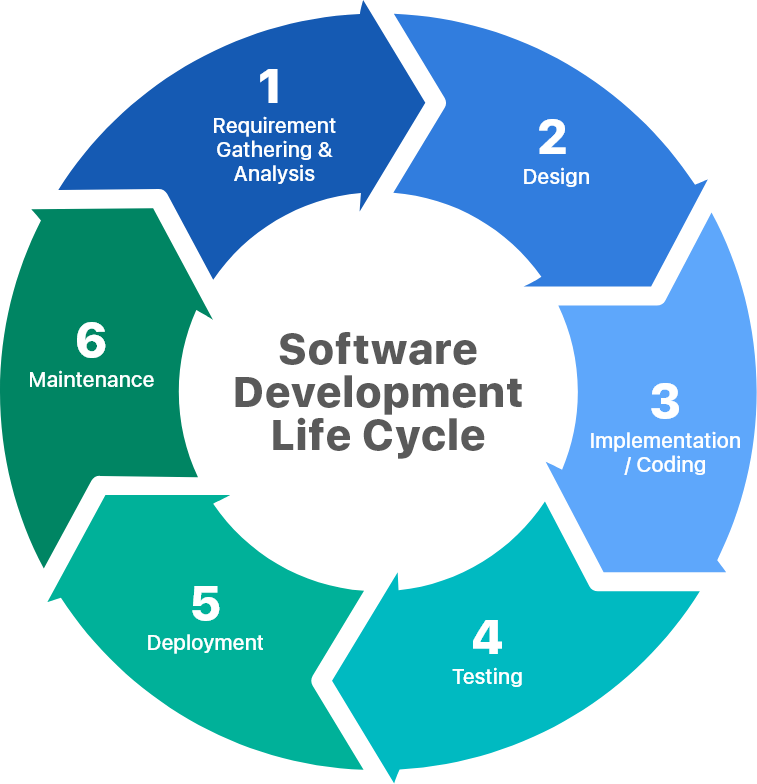
HarmonyPay Check-In
.NET, React Native, Cloud
We can handle all phases of software development from initial concept modeling through to operating, maintaining and exploiting software systems with millions of users per month

We can handle all phases of software development from initial concept modeling through to operating, maintaining and exploiting software systems with millions of users per month.



We specialize in building and operating e-commerce systems and management systems for web-based businesses. Our team of designers, business analysts have gone through hundreds of projects with many years of experience, we are confident we can meet all your web development requirements.















We offer a full cycle of application design, integration and management services. Whether it’s a consumer-facing app or a business-specific solution, we’re experienced in building, operating, and continuously working with our customers throughout the product’s development.








Our Magento development services cover all technology-related demands of online businesses, be they on the stage of the website launch, migration or digital business transformation.
With more than 12 years of experience working on Magento platform, we have built a team of experienced software engineers who can solve almost all technical problems in applying Magento to projects. your e-commerce project.
We help you achieve exceptional efficiency, scalability, and security by implementing cloud technology in your business. Maximize the potential of SaaS with our app development services to future-proof your business and save upfront and capital cost.
Build a smart organization with an intelligent business suite of cloud-based apps from scratch that enables you to stay top of the game.














It is the best approach to follow when a Startup is looking for Angel Investment

Your app concept shouldn’t be dependent on a high execution amount or an internal development team. We are a startup app development company that helps you convert your concept into a deployable MVP in a low-launch time.
We will help you pick the tech stack and key feature sets that will engage users and set up engagement models or monetising models that will help your business open a new source of income.
We have served clients globally and completed 100+ projects for them

.NET, React Native, Cloud

Magento

.NET, ReactJS
Whether you have a budding business idea or you need to make a decision for your company’s IT platform, we will help you define the problem clearly and provide you with a solution to solve that problem.

We define the software product life cycle as consisting of the following six phases:
Some typical customers have used our services for many years.



Software development services are the professional services that encompass the entire lifecycle of creating software applications. This includes everything from the initial spark of an idea to the final deployment, ongoing maintenance, and even potential future updates.
Here’s a breakdown of the key aspects of software development services:
Planning and Analysis: This phase involves understanding your specific needs and goals. The development team will work with you to define the project scope, identify functionalities, and establish clear requirements.
Design and Development: Once the plan is solidified, skilled developers translate those requirements into a functional software application. This may involve user interface (UI) and user experience (UX) design, writing code, and integrating various components.
Testing and Quality Assurance: Rigorous testing is crucial to ensure the software is free of bugs, functions as intended, and delivers a positive user experience. Development services employ various testing methodologies to identify and rectify any issues before deployment.
Deployment and Maintenance: The developed software needs to be launched on the appropriate platform, be it the cloud, an app store, or internal servers. Development services can assist with deployment and may also offer ongoing maintenance and support to address future needs and ensure smooth operation.
Businesses can reap a multitude of benefits by partnering with software development services. Here are some of the key advantages:
Expertise and Efficiency: In-house development requires building and managing a team with diverse skillsets. Software development services provide access to a pool of experienced professionals, allowing you to tap into their expertise without the overhead of recruitment and training. This fosters efficiency and faster project completion.
Cost-Effectiveness: While there is an initial investment, partnering with a development service can be more cost-effective than building an internal team. You eliminate ongoing costs associated with salaries, benefits, and infrastructure for in-house developers.
Focus on Core Business: Development is a complex process. By outsourcing it, you free up your internal resources to focus on core business activities like marketing, sales, and customer service. This allows for better prioritization and potentially higher overall productivity.
Future-Proofing: Technology is constantly evolving. Reputable development services stay current on the latest trends and best practices. They can design your software with scalability and future updates in mind, ensuring it remains relevant and adaptable as your business grows.
Reduced Risk: Software development projects are inherently risky. Partnering with a service provider with a proven track record mitigates these risks. Their experience can help identify potential challenges early on and implement effective solutions.
Access to Innovation: Development services often stay at the forefront of technological advancements. By partnering with them, you gain access to innovative solutions and development methodologies that can give your business a competitive edge.
Improved Quality and Security: Development services prioritize rigorous testing throughout the process. This leads to higher quality software with fewer bugs and improved security features, protecting your data and enhancing user trust.
Overall, software development services offer a compelling value proposition. By leveraging their expertise, businesses can streamline development processes, gain access to a wider talent pool, and ultimately achieve their software goals in a more efficient and cost-effective manner.
Step 1: Gather Customer Requirements
In the initial step of the custom application design process, the sales team will gather customer requirements through discussions to understand the current state of the business and, from there, propose software solutions for the business.
Step 2: Research and Analyze Customer Requirements
After receiving information and requests from the sales team, our technical department will analyze in detail the problems that your business is facing to find the best solution.
Feasibility Study: Based on the gathered requirements, the team conducts a feasibility study to assess the technical and financial viability of the project. This helps identify potential challenges and ensure the project aligns with your budget and resources.
Project Planning and Estimation: With a clear understanding of the project scope, the team creates a detailed project plan outlining timelines, milestones, deliverables, and resource allocation. They will also estimate the overall cost of development.
Step 3: Sketch and Design Software
The design team will sketch out a sample software template and the programming team will write a demo software for the customer to view and try first.
System Design and Architecture: The team creates a blueprint for the software, defining the overall structure, technology stack (programming languages, frameworks), and data flow. This architectural design ensures the software is scalable, secure, and meets your specific needs.
UI/UX Design: User Interface (UI) and User Experience (UX) designers craft the look and feel of the software. They focus on creating an intuitive and user-friendly interface that is not only aesthetically pleasing but also easy to navigate and use.
Step 4: Get Customer Feedback
When the customer receives the demo and has feedback, we will receive and adjust it to suit the business’s requirements.
Step 5: Proceed with Programming
In this stage of the custom software design service, we will start programming the software for the customer with an interface and usage method that suits the business model.
Step 6: Build Features According to Customer Requirements
At this point, the programmers will deploy the software with the features according to the customer’s requirements and upgrade the system to be more suitable and complete the software.
Step 7: Testing and Quality Assurance (QA):
Rigorous Testing: The software undergoes comprehensive testing throughout the development process to identify and rectify bugs. Different testing methodologies are employed to ensure the software functions as intended across various platforms and devices, delivers a positive user experience, and is secure.
Defect Management: Identified bugs and issues are documented and tracked throughout the testing process. The development team works to fix these defects before deployment
Step 8: User Instructions and Customer Support
Levinci will support customers through instruction files or teamview if necessary.
Step 9: Handover of Custom Software Development Project
The final step will be the project handover, after the customer has used and understood the operating principle of this software.
Step 10: Maintenance & Support
Ongoing Maintenance: The development process doesn’t end with launch. Levinci’s Software development services often provide ongoing maintenance and support to address future needs and ensure smooth operation. This may include bug fixes, security updates, performance optimizations, and even future enhancements based on user feedback or evolving business requirements.
Whether you have a budding business idea or you need to make a decision for your company’s IT platform, we will help you define the problem clearly and provide you with a solution to solve that problem.